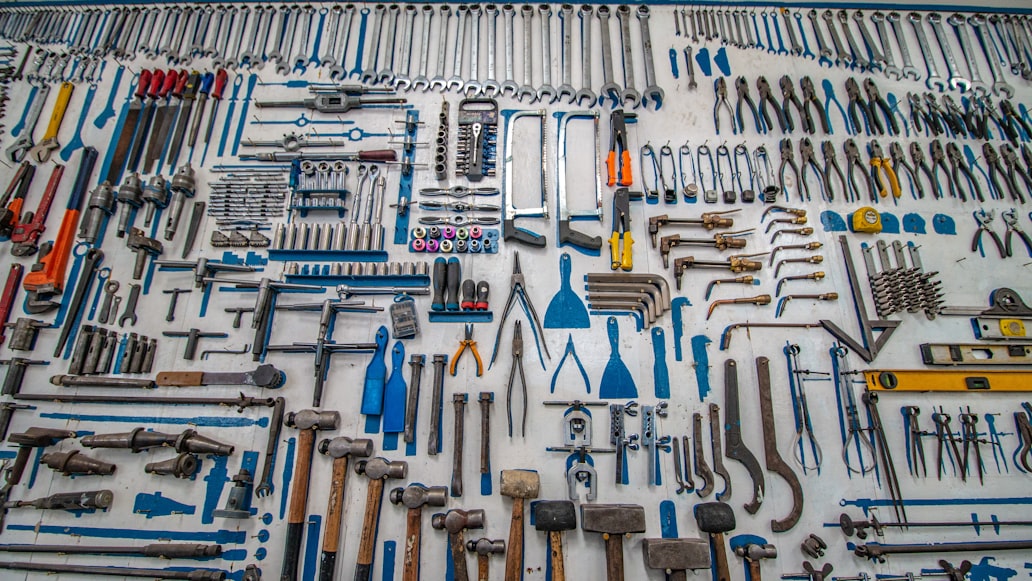Deferred maintenance is a serious issue. Understanding the dangers of deferred maintenance can help you plan your sites better.
What Is Deferred Maintenance?
Deferred maintenance is the process of companies delaying maintenance and upgrades. It is the delayed replacement of equipment or structures. Deferring maintenance pauses property repairs. The term “deferred maintenance” can also refer to expenses for replacement maintenance. Capital renewal or capital improvements are terms for replacement expenses.
There are many reasons why deferred maintenance occurs.
Budget
Facilities managers delay maintenance when they don’t have money. Tight budgets can force maintenance teams to reallocate funds. Expense is the most common reason for deferring maintenance. Companies may have other reasons for fund allocation.
Lack of Workers
Lack of workers can defer maintenance. Staff is essential for on-time maintenance, but limited budgets create limited staffing. Repair teams can’t do maintenance when they don’t have enough people. They can run into problems when people don’t have the knowledge to make repairs. Hiring qualified people can help with deferred projects.
Lack of Material Resources
Maintenance faces delays because of few resources. Limited resources may occur because of supply chain issues. A dearth of raw and/or finished materials can delay maintenance. Staff that has trouble tracking tools or other resources can slow projects. Material tracking systems keep maintenance on schedule. Not having a material tracking system makes it difficult to track resources.
Preventative Maintenance Program
Companies may not have reliable preventive maintenance programs. A preventative maintenance program tracks maintenance issues. Preventative programs track site maintenance and repairs, replacements, repair schedules, and upgrades.
Planning
Preventative maintenance is about planning. A reliable preventative maintenance program has a spare parts inventory. Teams need the right tools to do their work. Without a reliable maintenance program and tool tracking, maintenance teams delay repairs.

Documentation
Maintenance teams without the information to document repairs lose track of issues. Having a way to document maintenance leads to timely repairs, replacements, and upgrades. Document management systems can help track issues. A maintenance staff that knows how to use systems is critical to fulfilling work orders.
Dangers of Deferred Maintenance
Postponing maintenance activities can increase costs. But the primary danger of delayed maintenance is safety. Teams that do not maintain infrastructure can cause injury or death. These system failures are legal liabilities for your business. Other health risks are mold, mildew, and poor air quality. Addressing these problems can help you avoid dangerous and expensive problems.
The Price of Delayed Repairs
Putting maintenance on hold is expensive. Deferred maintenance can cause maintenance costs to increase. For example, energy efficiency may decline. This results in higher energy costs. Delayed repairs can cause more need for repairs. A small crack in a wall’s infrastructure can widen and crumble. Reduced equipment efficiency and shorter asset life cycles come with delayed maintenance. Maintenance costs increase with every deferred maintenance backlog. These increasing costs can affect your business’s ability to grow and thrive.

Decreasing Deferred Maintenance
Preventative maintenance is an ongoing process. The practice of postponing maintenance can cost more than delaying the inevitable. Some ways to decrease deferred maintenance are:
Documenting Maintenance
Managing maintenance documentation is critical. Centralize the data about your maintenance assets. The assets you track with data are equipment, work requests, and work orders. Centralization deals with work backlogs. Computerized maintenance management system (CMMS) or enterprise asset management (EAM) software can help you capture issues such as wrench times and time to complete tasks. The software can also track maintenance costs and warranties. A CMMS helps with tracking maintenance tasks. EAMS software maintains and controls operational assets and equipment.
Audits
Keep up with your maintenance documentation by auditing your data. Audits keep your data pertinent and current. Schedule your audits according to your maintenance needs. You can do maintenance audits on a weekly, monthly, quarterly, or yearly basis. An audit covers issues such as needed repairs and upgrades. The audit can show where you need better processes and tell you what staff you need.
Focus On What You Do
Do the critical tasks first. Essential tasks affect safety. Choose violations of safety or repairs that impair normal site operations first. Another reason for priorities is the upgrades you need to remain competitive. Time for repairs, threats to the asset lifecycle, and repair location are essential.
Starting or Increasing PMs
Preventive maintenance tasks (PMs) avert emergency maintenance. This helps deferred maintenance from getting out of control. Invest in PM software to help you with preventive maintenance scheduling. Many PM software applications have calendar views and automated reminders to alert you. Alerts can help you know when to do routine maintenance and preventative maintenance. Look for software that is easy to learn. The software should have regular updates and give you the features you need.
Budget
A budget shouldn’t be an issue. Worrying about cost can be expensive in the future. If you are running short on funds, focus on maintenance over profit. Caring for your property will gain you more than skimping on your initial investment. The bottom line is keeping your business stable and secure through regular maintenance.
For more information about how we can help you with site maintenance, please contact us at UptimeAl. Learn more about how the company integrates maintenance and manual management with its unique differentiators. Offering faster ROI with their OPEX model, UptimeAI is here to help you.
